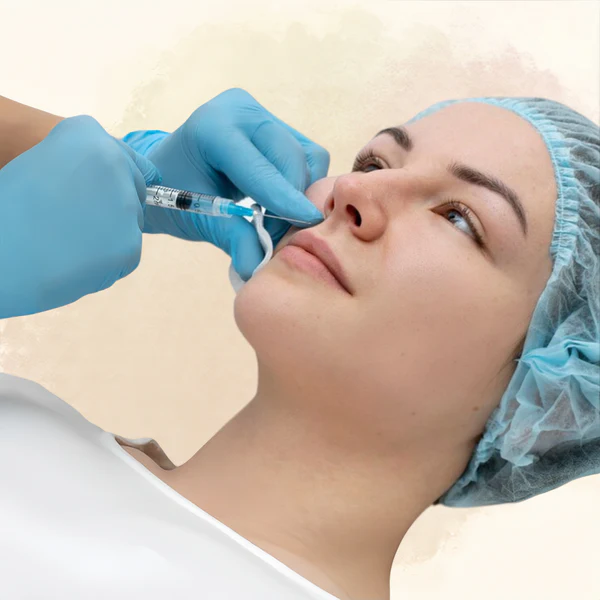Advanced Techniques for Tooth Extraction
- Huda Batool
- Feb 13
- 3 min read
Tooth extraction is a common dental procedure performed for various reasons, including severe decay, infection, overcrowding, and orthodontic requirements. Over the years, advancements in dental technology have significantly improved the efficiency, precision, and patient comfort associated with extractions. Modern techniques ensure minimal trauma, faster healing, and reduced complications. This article explores the advanced methods used in tooth extraction cost and their benefits.
1. Minimally Invasive Extraction Techniques
One of the significant advancements in tooth extraction is the shift towards minimally invasive techniques. These methods aim to preserve surrounding bone and soft tissue while reducing discomfort and recovery time.
Atraumatic Extraction
Atraumatic extraction focuses on preserving the alveolar bone to facilitate future prosthetic placements such as implants. Dentists use specialized instruments like periotomes and luxators instead of traditional forceps to gently sever the periodontal ligament and lift the tooth without excessive force.
Piezosurgery
Piezosurgery involves the use of ultrasonic vibrations to cut bone selectively while sparing soft tissues. This technique is particularly beneficial for extracting impacted teeth or those in close proximity to vital structures like nerves and sinuses. It ensures minimal trauma and promotes faster healing.
2. Laser-Assisted Tooth Extraction
Lasers have revolutionized various dental procedures, including tooth extraction. Laser-assisted extraction involves using high-energy laser beams to loosen the periodontal ligament and facilitate the removal of the tooth.
Advantages of Laser Extraction:
Reduced bleeding due to immediate coagulation
Lower risk of infection due to sterilization properties
Minimal damage to surrounding tissues
Faster healing and reduced post-operative pain

3. Computer-Guided Tooth Extraction
Digital dentistry has introduced computer-guided techniques that enhance precision in complex extractions, such as impacted wisdom teeth removal or extractions before implant placement.
CBCT-Guided Extraction
Cone Beam Computed Tomography (CBCT) allows dentists to visualize the tooth, roots, and surrounding anatomical structures in 3D. This helps in planning the procedure with high accuracy, reducing risks and ensuring better outcomes.
Dynamic Navigation Systems
Dynamic navigation systems use real-time tracking technology to guide dentists during the extraction process. This enhances precision, minimizes damage to adjacent structures, and improves overall patient safety.
4. Orthodontic-Assisted Tooth Extraction
In cases where a tooth is severely impacted, orthodontic-assisted extraction can be used to gradually move the tooth into a more accessible position before extraction. This is often done with the help of braces or orthodontic devices to reduce surgical trauma.
5. Platelet-Rich Fibrin (PRF) for Enhanced Healing
PRF is a biocompatible material derived from the patient’s own blood, rich in growth factors that promote tissue regeneration and healing. After an extraction, PRF can be placed in the socket to:
Accelerate healing
Reduce post-extraction pain and swelling
Minimize the risk of dry socket
Enhance bone regeneration for future implant placement
6. Microsurgical Techniques for Tooth Extraction
Microsurgical techniques involve the use of high-magnification microscopes and microsurgical instruments for precision-based extractions. This is particularly useful in complex cases where minimal trauma is required, such as extracting a fractured root or a retained tooth fragment.
7. Robotics in Tooth Extraction
Robotic-assisted extractions are an emerging field in dentistry. These systems enhance precision by providing real-time feedback, reducing errors, and improving patient outcomes. Although not yet widely used, robotic technology is expected to play a crucial role in future extractions.
8. Post-Extraction Care and Technologies
Modern advancements extend beyond the extraction procedure itself to post-extraction care. Innovations in wound healing and pain management contribute to a seamless recovery process.
Bioactive Dressings
Bioactive dressings, such as collagen-based materials, are placed in extraction sockets to promote healing and prevent complications like dry socket.
Photobiomodulation Therapy (PBMT)
PBMT, also known as low-level laser therapy (LLLT), is used post-extraction to reduce pain, inflammation, and promote faster tissue healing.
Pain-Free Techniques
New anesthetic tooth extraction cost in Dubai, such as computer-controlled local anesthesia and needle-free injection systems, have improved patient comfort during and after extractions.
Conclusion
The evolution of tooth extraction techniques has significantly improved patient experience, reduced complications, and enhanced recovery times. From minimally invasive approaches and laser-assisted extractions to robotic assistance and advanced healing technologies, modern dentistry is continually advancing to provide safer, more efficient procedures. If you're considering a tooth extraction, consult with a dental professional who utilizes these advanced techniques for optimal results.








Comments